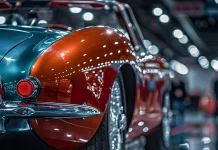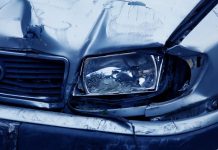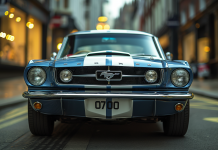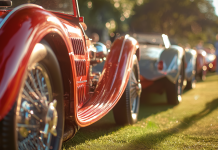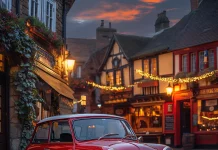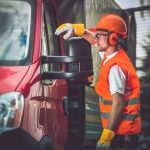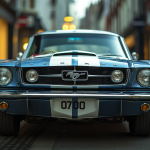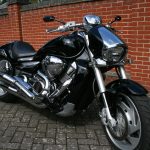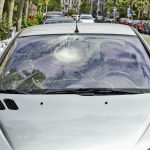The importance of protective clothing in motorbiking
Thursday, 22 September 2011 1:10 PM

Motorcycling: essential protective clothing
Whether you’ve been biking for years or you’re just learning to ride, motorcycling can be an amazing experience. There’s nothing quite like tearing down the open road with the wind in your hair – but it’s important to make sure you have the right protective clothing before setting off.
While motorbikes are an exhilarating way to get from A to B – or simply just to enjoy the feel of being on the road – to make sure you’re safe you need to stock up on protective gear and ensure you wear it every time you head out.
This kind of clothing ranges from helmets down to armoured jackets and boots, and performs multiple functions. The most obvious is that they’ll protect you in the event of a crash, but they can also help to ensure other road users can see you easily, as well as shield you from the elements.
Undoubtedly the most important piece of kit to buy is a helmet. In fact, the law states that no motorcyclist should ride on the road without one. Protecting you from serious and potentially fatal head injuries during accidents, they could save your life.
There’s more to getting a helmet, however, than simply picking any one off the shelf. Different models have varying levels of protection on impact, so it’s important you check how much yours has before buying. Looking at its Safety Helmet Assessment Rating Programme – also known as SHARP – rating will allow you to do so.
It’s important to avoid wearing second-hand helmets too, as these may have damage that could prevent them from protecting you adequately in the event of a crash – even if the helmet shows no visible signs of wear.
Similarly, should you be involved in an accident, it is crucial that you replace your helmet before riding your bike again. As with second-hand helmets, it is not always possible to spot damage with the naked eye, so you should not risk taking your bike for a spin following an accident without new protective headwear.
Helmets are not the only form of protection you can get for your head. Visors and goggles are worthwhile purchases to consider, as they will protect your eyes from things like dirt and insects while you ride, as well as shielding them from bad weather such as rain and snow.
When it comes to actual clothing, there is a huge variety of gear you can choose from. Traditional motorcycle wear, such as Dainese clothing, is made from leather, while you can also get jackets, trousers and other items put together from manmade materials.
Both can offer excellent protection, so the choice is largely down to your own comfort and personal preferences.
Armoured clothes, such as Dainese leathers, are also available and offer additional protection to areas of the body most likely to be injured in a crash. You can also purchase extra body armour to add on to clothing that comes without it built in.
Waterproof and reflective items are other things for you to consider. The former will help you to maintain comfort – and therefore focus – in adverse weather conditions, while the latter can go some way to ensuring other road users are able to spot you.
Other essential items you can’t be without are gloves and boots, as these will protect your extremities in the event of a crash. Indeed, the hands are particularly vulnerable to injury when gloves are not worn, so you should not be tempted to ride without these.
Once you’ve got all your protective gear ready, you can hit the road and simply enjoy the experience.


